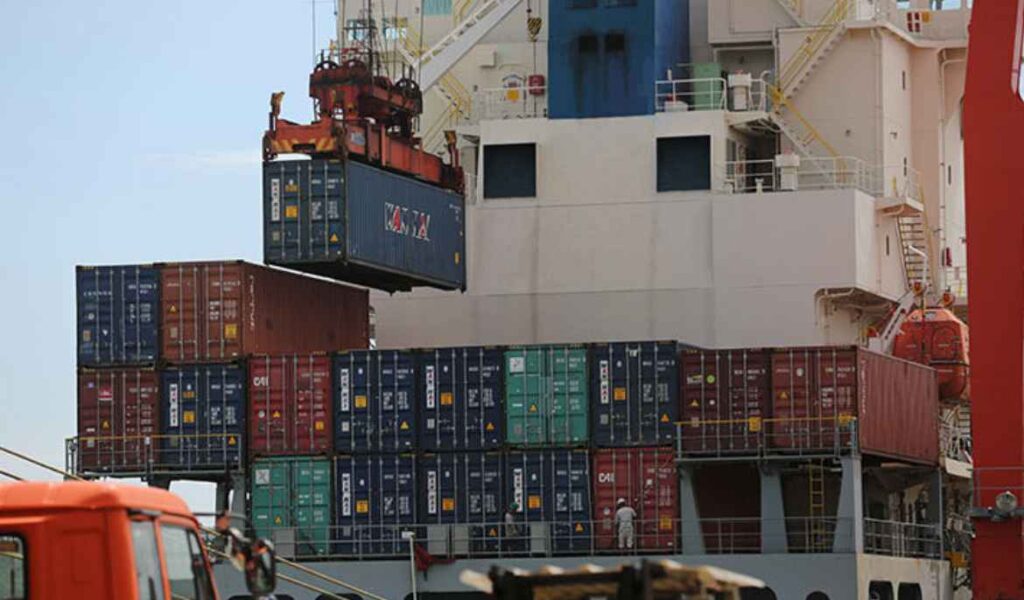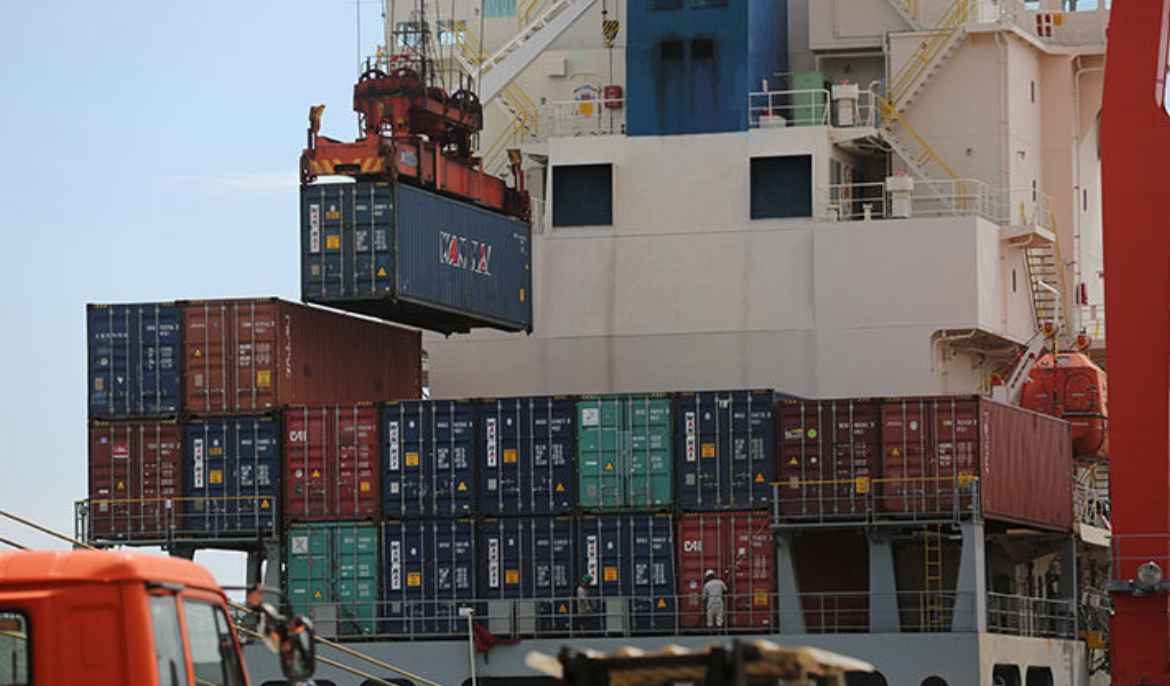Synopsis: Cambodia maintains a trade surplus with China, largely due to its role as a low-cost manufacturing hub, experts say.
Bilateral trade between Cambodia and China surged past $9.2 billion in the first six months of 2025, representing a strong 26 percent increase compared to the same period last year, according to a recent report from the General Department of Customs and Excise (GDCE).
The latest figures reveal that total trade volume between the two nations reached $9.27 billion from January to June 2025, up significantly from $7.31 billion during the corresponding period in 2024.
Breaking down the numbers, Cambodian exports to China experienced a slight decline, falling by 7.9 percent year-on-year to total $750.61 million. This contrasts sharply with imports from China, which saw a substantial increase of 31.2 percent, reaching $8.52 billion during the first half of the year.
The data underscores the continued strength of Cambodia-China economic relations. China remains Cambodia’s top trading partner, supplying a wide range of goods including machinery, electronics, construction materials, and raw inputs for local manufacturing.
Officials attribute the robust trade performance in part to the implementation of the Cambodia-China Free Trade Agreement (CCFTA), which came into effect in January 2022. The agreement has provided tariff reductions and preferential treatment on hundreds of products, encouraging more business activity between the two nations.
The CCFTA, alongside regional mechanisms like RCEP, is opening up more opportunities for Cambodian products in the Chinese market.
China also remains a key investor and infrastructure partner through broader initiatives like the Belt and Road Initiative (BRI). With logistics and trade facilitation improving, authorities expect bilateral trade to maintain strong momentum in the second half of the year.
Cambodia continues to maintain a trade surplus with China, largely supported by its role as a low-cost manufacturing hub. But that surplus masks deeper structural challenges that need urgent attention, according to Lor Vichet, Vice President of the Cambodia Chinese Commerce Association (CCCA).
Speaking to Khmer Times, Vichet said Cambodia’s current trade advantage stems from preferential access to markets in Europe and the United States under its Least Developed Country (LDC) status, coupled with competitive production costs that attract foreign investment.
“Cambodia has become a favoured investment destination due to its competitive production costs,” Vichet said, adding, “But the reality is that most of the products we export—garments, shoes, and travel goods—depend heavily on imported raw materials.”
He cited recent data from GDCE, which consistently reflects a trade surplus with China. However, Vichet noted that this surplus is driven by re-exported goods produced using Chinese inputs, rather than by locally sourced materials.
“Right now, under World Trade Organisation rules, it’s not a problem for us to import large volumes of raw materials because we are still a least developed country,” he said. “But when our LDC status expires—pushed from 2027 to 2029—we will face stricter requirements to qualify for trade preferences.”
He warned that the countdown to 2029 leaves Cambodia with a narrow window to develop domestic capacity. “We have about four years left to strengthen local production, particularly raw materials, to meet the new trade conditions,” he said.
Vichet called for greater investment in producing key inputs such as fabric, zippers, buttons, and leather, noting that such efforts could reduce reliance on imports and build stronger industrial foundations. While acknowledging that producing machinery remains a long-term challenge, he said progress in basic manufacturing is achievable.
He also pointed to Cambodia’s untapped potential in agricultural exports to China. “We currently export only a small amount of agricultural products to China,” he said. “Improving the quality and competitiveness of this sector could help diversify our trade and strengthen economic stability.”
His comments come as Cambodia continues to deepen its integration into regional and global supply chains, with policymakers exploring ways to reduce vulnerabilities and promote long-term industrial resilience.



